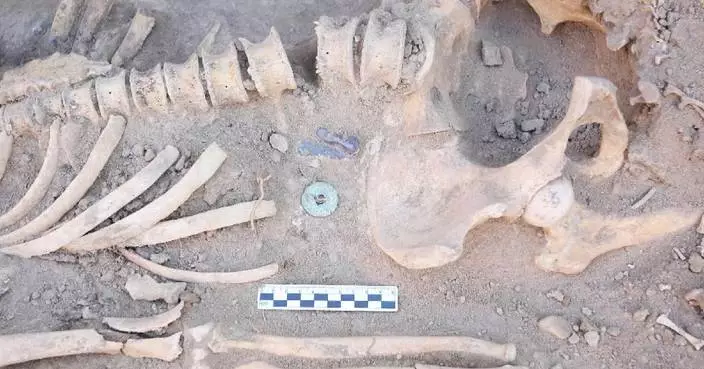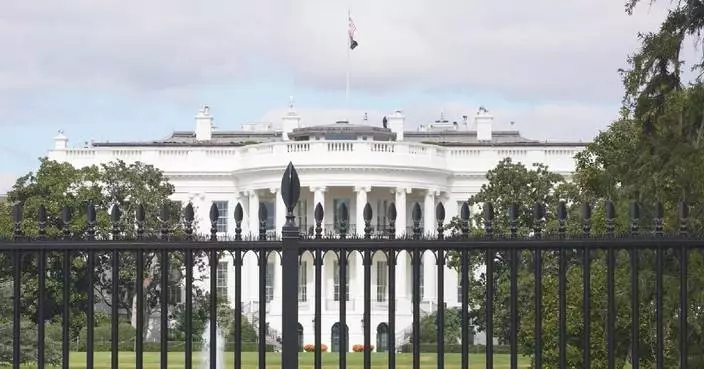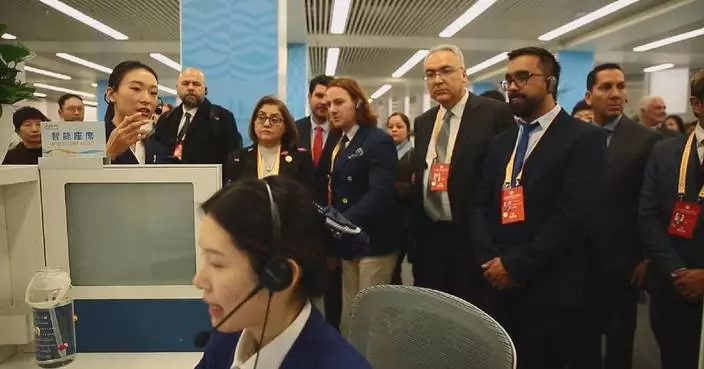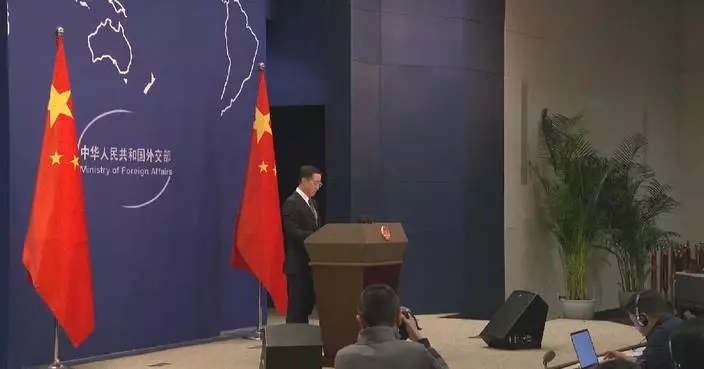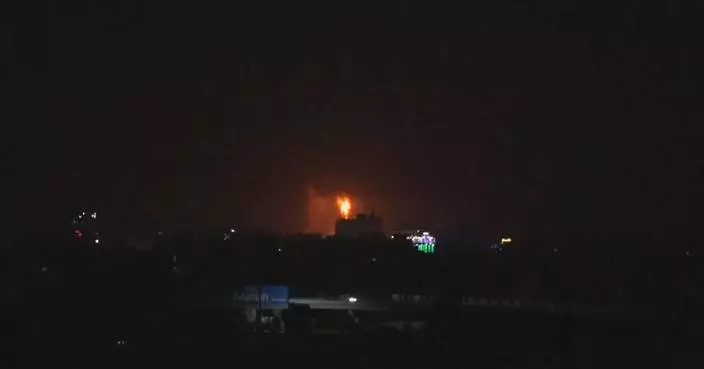Zoo animals in southwest China have enjoyed their special treats made for celebrating the Mid-Autumn Festival -- customized mooncakes.
In the Chongqing Yongchuan Wildlife Park, gorilla Yu Hui was seen feasting on a mooncake made of nuts including pistachios and almonds. After receiving the treat made into the shape of a mooncake from its breeder, Yu Hui quickly took it to a shady spot to savor it.
Four giant pandas, arrived at the zoo earlier this year from the China Giant Panda Conservation and Research Center, have also been treated a "mooncake feast."
"We've prepared special mooncakes for animals made of more than 10 vegetables and fruits, such as carrots, apples, bananas and watermelons," said Zhang Lu, giant panda breeder.
The Yunnan Wild Animal Park in Kunming City also made individually-designed mooncakes for various animals, including ring-tailed lemurs and raccoons, using ingredients tailored to their diets, such as tomatoes, peanuts and steamed corn bread. Even peacocks flew down from hills to enjoy their specially prepared treats.
The Mid-autumn Festival is celebrated on the 15th day of the eighth month on the Chinese lunar calendar when the moon is full, and Chinese people believe a full moon is a symbol of reunion, harmony, and happiness. Mooncake is a traditional Chinese bakery in shape of a round moon eaten during the festival.

Zoo animals enjoy special treats on Mid-Autumn Festival
Macao has been emerging as a global hub for conventions and exhibitions in recent years by exploring the enormous opportunities in the sector, driving the region to advance its economic diversification and embrace a brighter future.
Macao has received many awards this year, such as the Best Convention City (Asia) and the Best BT-MICE City, showcasing the recognition for and influence of Macao's exhibition industry.
More than 1,000 electronic game enthusiasts from all over the world gathered recently in Macao to participate in a esports themed event.
Su Zhili, organizer of the event, said that Macao's rich experience in hosting large-scale events, coupled with its good infrastructure, has driven him to choose the region as an ideal destination to hold such an activity.
"Macao has held many similar large-scale events. It has rich experience, and the facilities at the venue are relatively mature, so we can start our work comfortably," said Su.
During the first three quarters of 2024, Macao held more than 1,000 conferences and exhibitions in total.
"We will invite more professional, special conferences to be held in Macao and also cultivate more exhibition brands with international influence in Macao, so as to promote Macao's exhibitions to be more market-oriented, professional, international, digital and greener from various aspects. This is our goal," said Elaine Wong, member of the Macao Commerce and Investment Promotion Institute.
In addition, multiple large exhibitions and conferences, such as the Macao International Trade and Investment fair, the Macao Franchise Expo, and the International Infrastructure Investment and Construction Forum, are held regularly in Macao.
With the introduction of a series of policies and measures to facilitate the exchanges between the mainland and Macao, as well as the construction and development of the Guangdong-Hong Kong-Macao Greater Bay Area and the Guangdong-Macao In-Depth Cooperation Zone in Hengqin, Macao's convention and exhibition industry will embrace more opportunities for development in the foreseeable future.
"We have such a good industrial base in the Greater Bay Area. The mode of 'Convention and Exhibition + Industry' not only integrates the industries of Macao, but also the industries of the Greater Bay Area. In addition, Macao actively integrates into the national development and plays a role in the Belt and Road. Why are we so confident in Macao's convention and exhibition sector? Because it is backed by the motherland, and the country gives Macao great support," said Alan Ho, chairman of the Macao Association of Convention, Exhibition and Tourism Sectors.
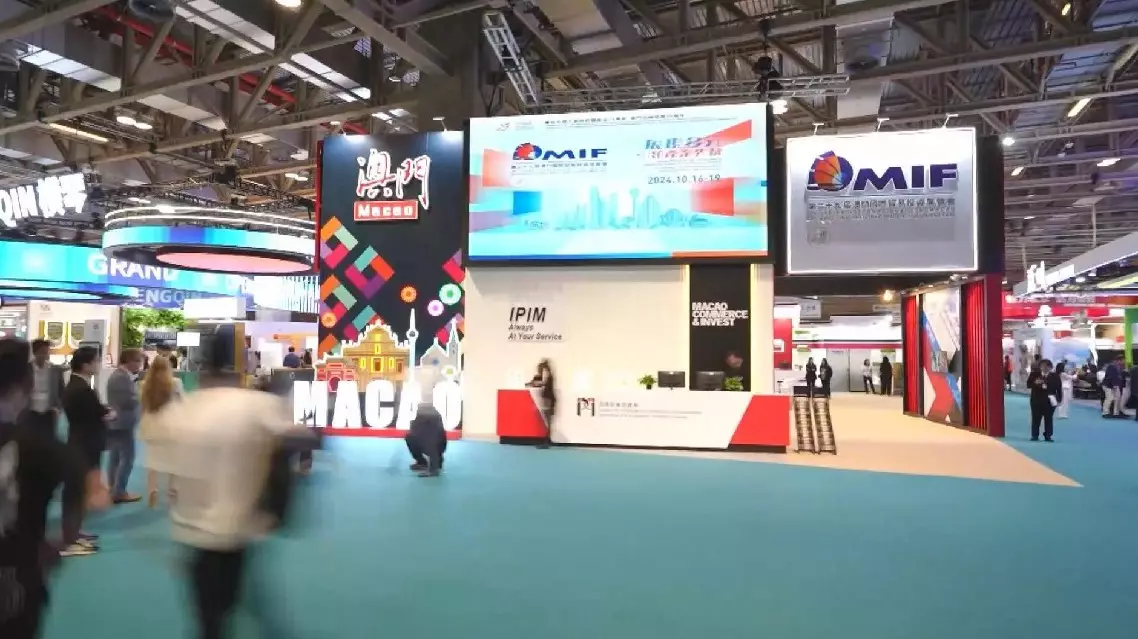
Macao emerges as global hub for conventions and exhibitions, driving economic diversification and international recognition




